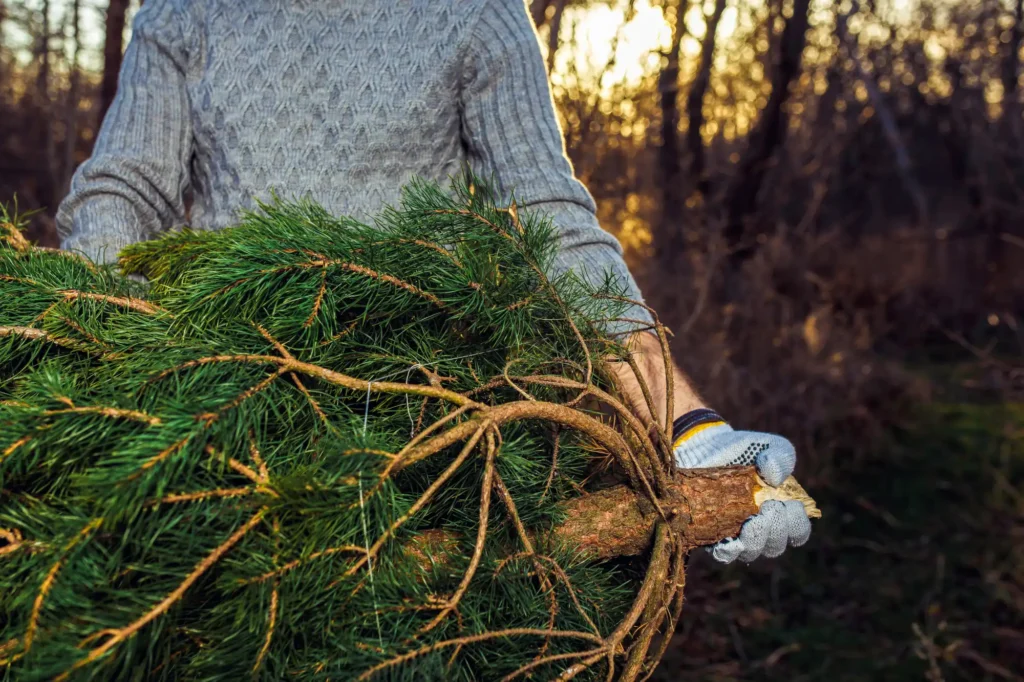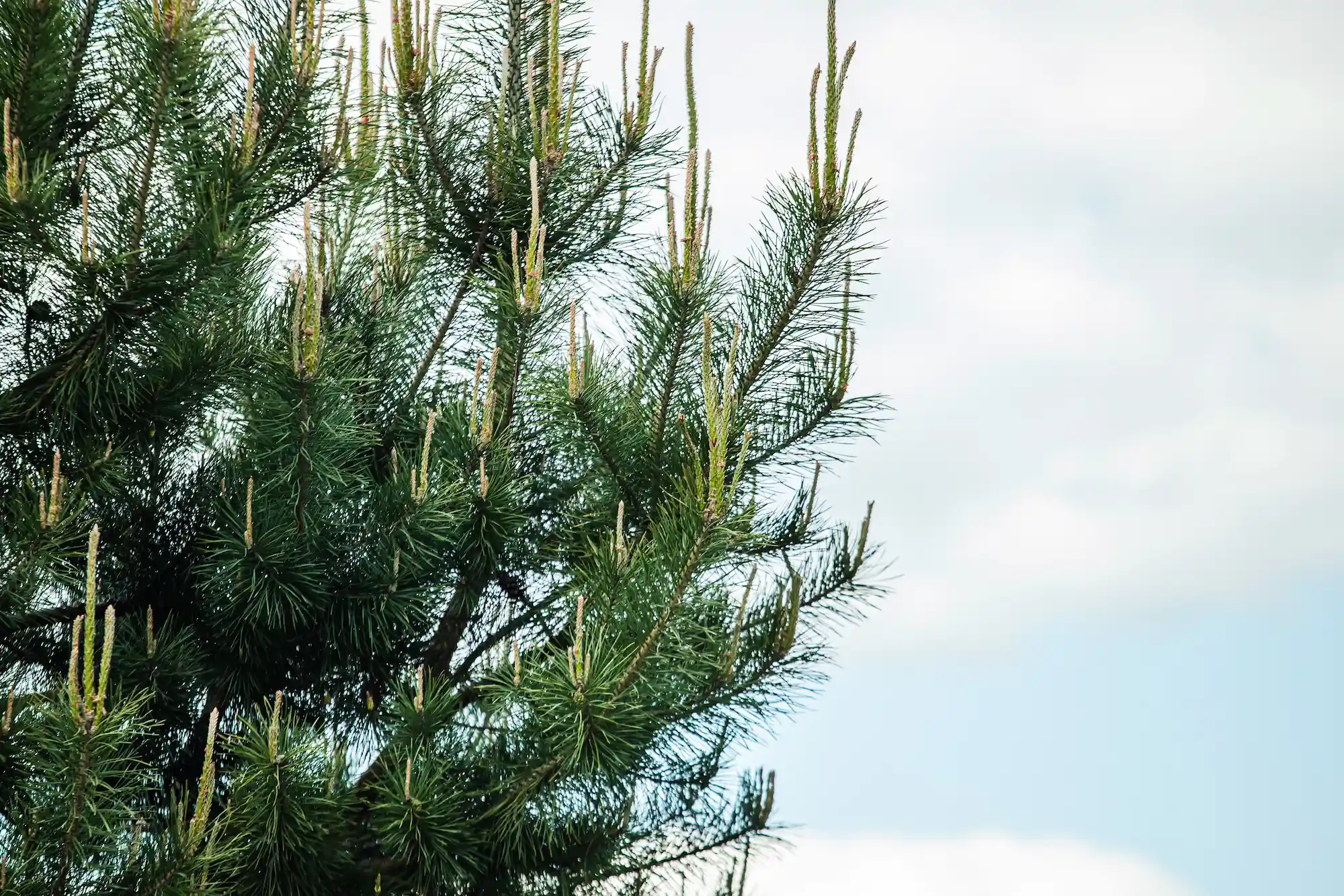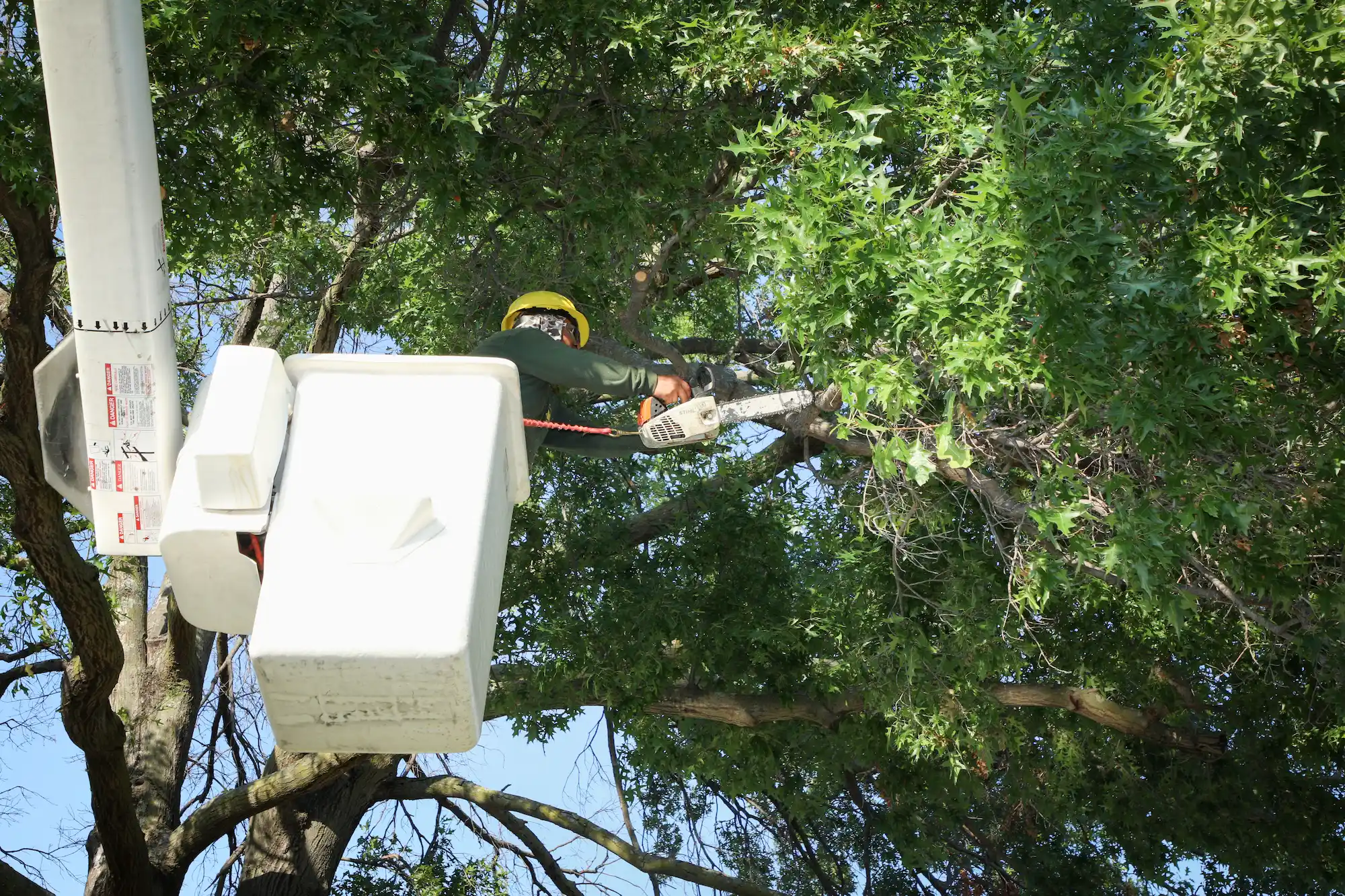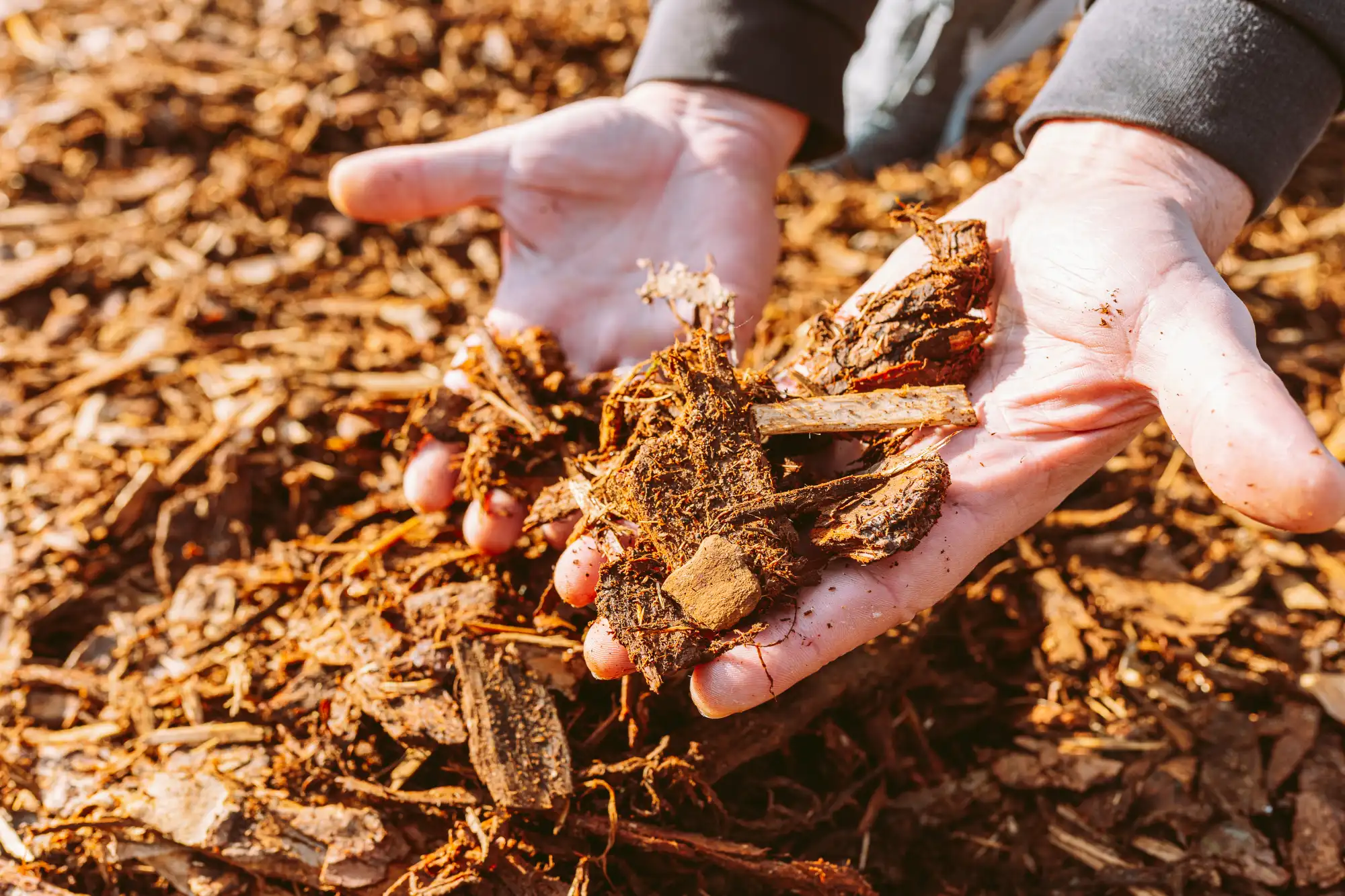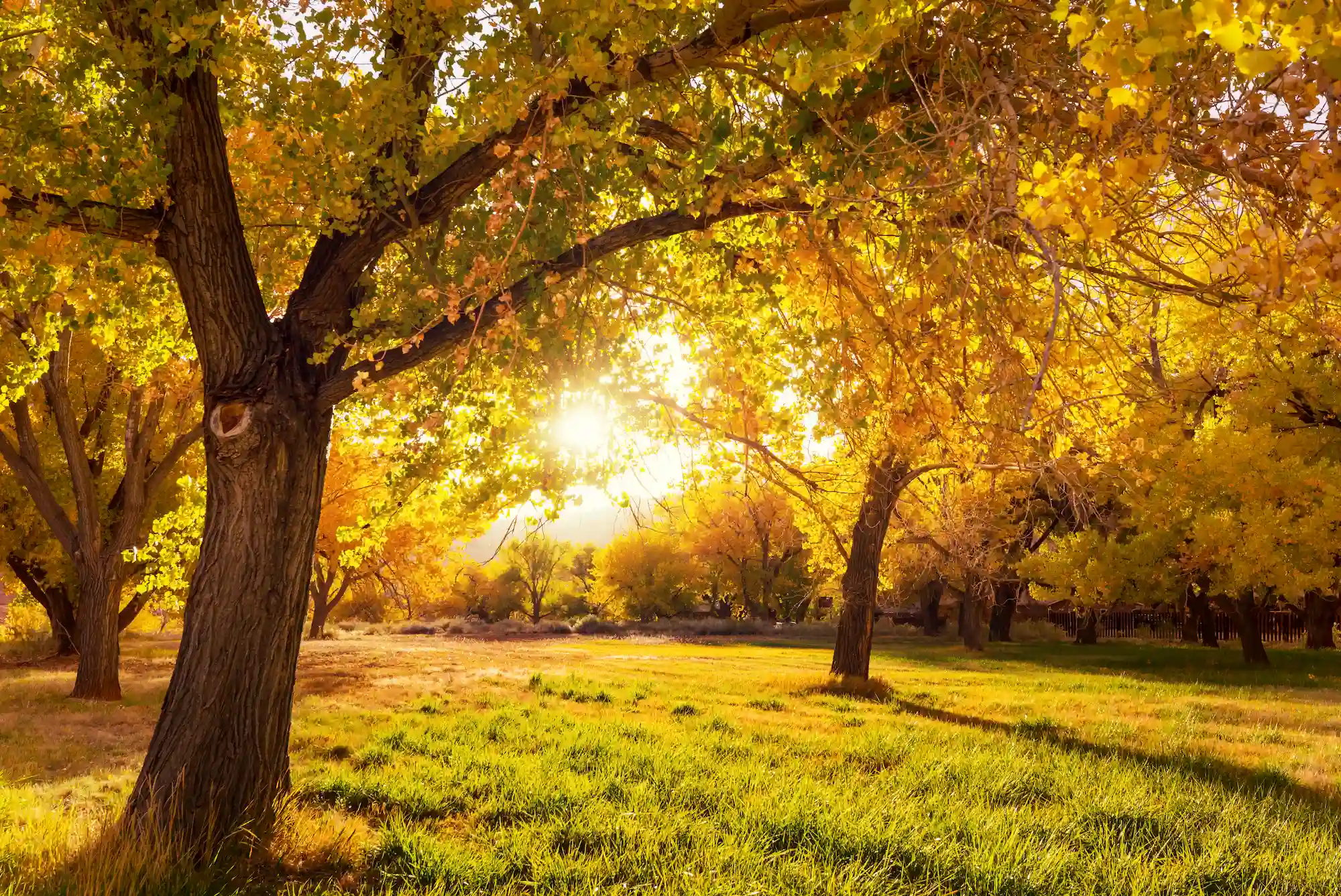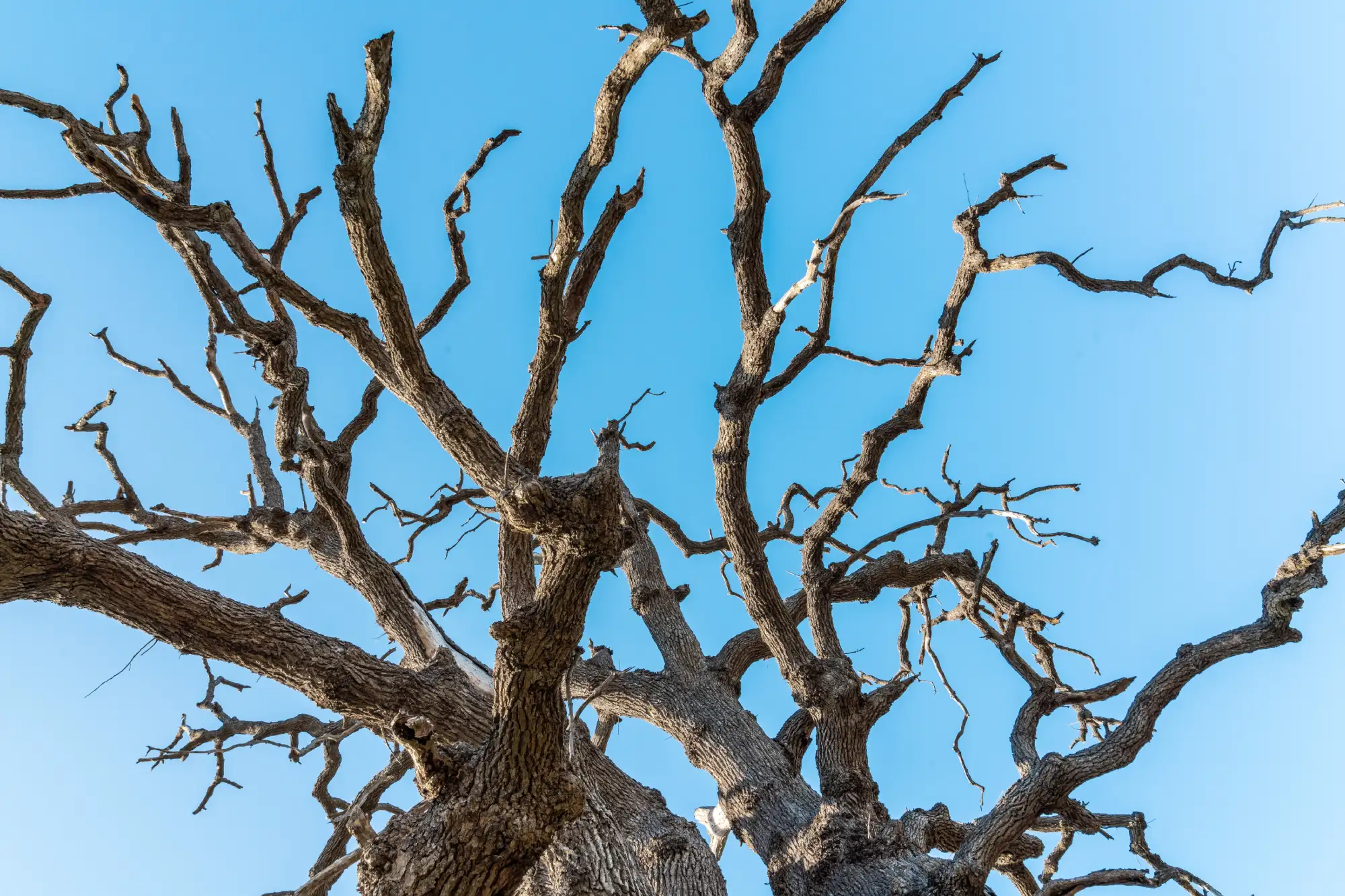Pine trees are valued for their aesthetic appeal and benefit. Pine trees are often subject to cutting and shaping practices. Cutting and shaping pine trees can help maintain healthy forests, create beautiful landscapes, even in your home. However, improper or excessive cutting can harm and diminish the long-term value of pine trees. Understanding the principles and practices of pine tree cutting and shaping is essential.
Pine tree cutting generally refers to the removal of trees for timber, landscape decorating or simply to maintain a healthy tree. Shaping, on the other hand, is a form of pruning or trimming done to control the tree’s size, encourage healthy growth, or have a nice visual appeal. Both practices however, require knowledge of trees and growth patterns.
One of the main reasons for cutting pine trees is for timber. Pine wood is lightweight, strong, and easy to work with, which makes it ideal for construction or even furniture. In forests, cutting or clear-cutting techniques are employed, depending on the goals and the conditions of the forest. Selective cutting involves removing only mature or diseased trees, which allows younger trees to continue growing and the ecosystem to remain in balance. In contrast, clear-cutting removes all trees in a particular area and is typically followed by replanting.
Another main reason for cutting pine trees is for the natural addition to have in our own backyard. Not only does it add a great view for us and the neighborhood, but also benefits our backyard and even our ecosystem.
Shaping pine trees plays a crucial role in landscaping and tree health. Pruning young trees can establish a strong tree, making the tree more resistant to wind and potential snow damage. In ornamental settings, pine trees may be shaped into specific forms to enhance the visual appeal of gardens or parks. These methods require precision and patience.
Ecological considerations are vital in both cutting and shaping practices. Pine trees support a wide range of wildlife, from birds and insects to mammals. Their canopy provides shelter and shade. Cutting too many trees or improper pruning can disrupt these relationships and reduce the forest’s resilience. Therefore, best practices include timing cuts during dormant seasons, avoiding damage to surrounding vegetation, and using proper tools to prevent disease transmission.
The cutting and shaping of pine trees serve multiple human needs, from economic to aesthetic. However, these practices must be performed thoughtfully and sustainably to preserve the ecological balance and long-term benefits that pine trees provide. With proper planning and care, we can enjoy the beauty and utility of pine trees while ensuring their continued presence in our landscapes, forests and even our house!
For more information or help or an evaluation of the trees in your backyard, contact Green Pine Tree Services. Our experienced team is here to help you with all your tree needs and questions.



